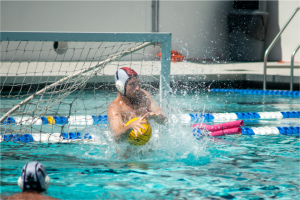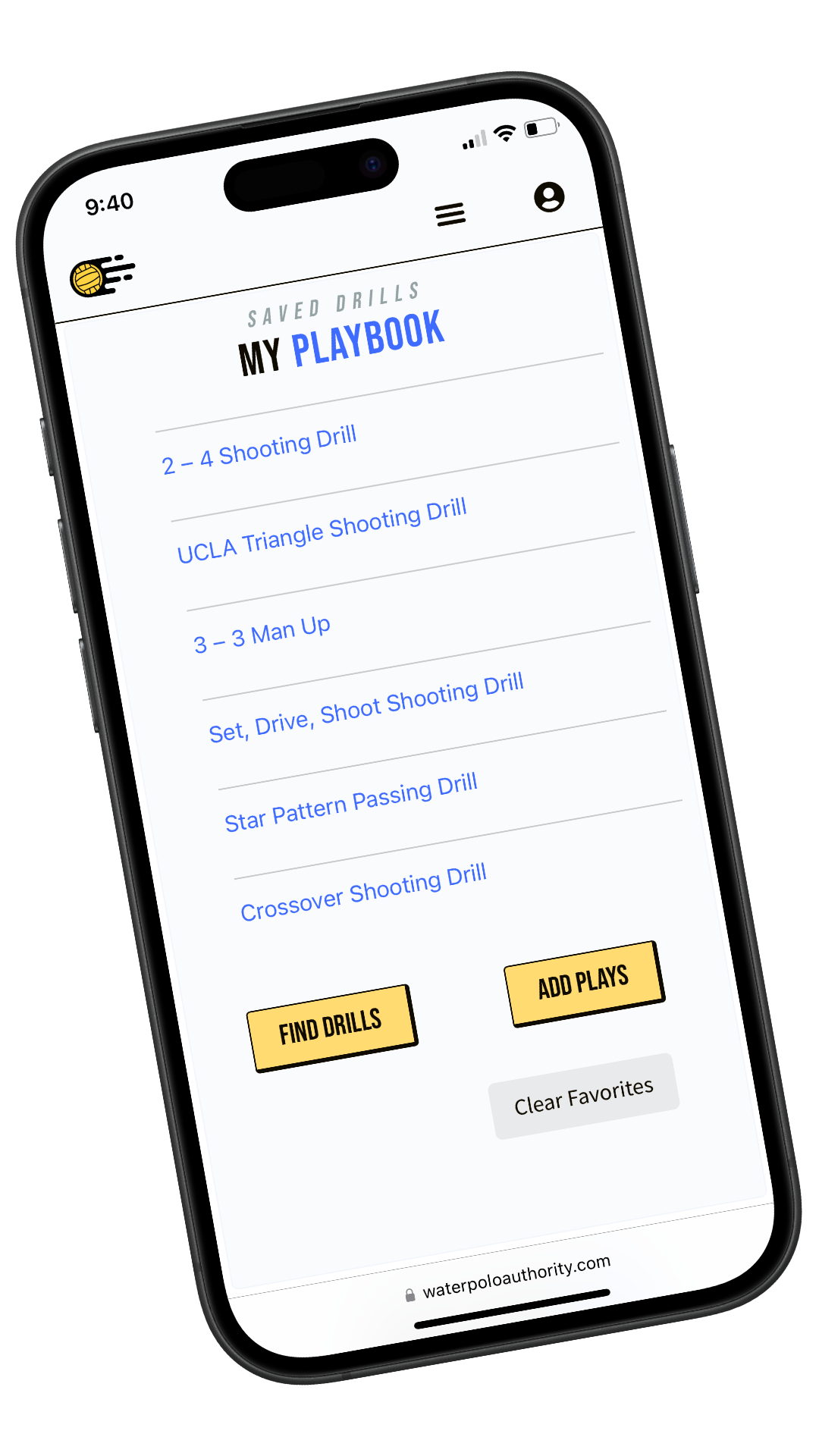Video Assisted Review (VAR) has been used at the highest level of water polo for a few years now. Initially, the technology allowed referees to review their decisions on goals, shot clock expiration, and jury table errors. Some competitions have expanded the use of the technology to additionally enable referees to review end-of-period man-up situations, violent actions, and penalty throw interference.
By introducing video replay technology to water polo, referees can review critical moments during a game to ensure the correct decision is made.
How does VAR work in water polo?
Water polo referees can stop the game at an appropriate time, such as during a 2-meter corner throw or while neither team has possession, to review a recent play. Video Assistant Referees can also alert the referee to conduct a review, but ultimately, they have no decision-making power.
Here are the VAR reviewable situations:
- Goal/No Goal – Did the entire ball cross the goal line?
- Goal Scored During Shot Clock Expiration – Was the shot taken before the shot clock expired?
- Jury Table Errors – What time was a time out called? Did the shot clock reset properly?
- End of Period Shot During Exclusion – Should the team start man down next quarter?
- Review of Violent Action – Was there physical violence like kicking or punching during the play?
- Interference with Penalty Shots – Was the shooter touched or pushed during the penalty shot?
Final decisions are always made by the referee based on what they see on the video replay. FINA and LEN both emphasize making the right call over the speediness of the decision in their VAR protocols.
Lastly, VAR can be used in post-match situations to review incidents of brutality or when filing a match protest.
VAR can potentially eliminate incorrect goal/no-goal decisions and also act as a deterrent for overly physical or violent actions that would otherwise go unseen.
Official VAR Protocols
LEN European Aquatics VAR Protocol
Recent VAR Use Cases
At the 2020 Tokyo Olympics referees used VAR a total of 27 times to make decisions, according to World Aquatics. This accounted for about one-third of the total games played across the men’s and women’s divisions. Aside from the actual decisions made, the VAR technology also acted as a deterrent since it was one of the first times referees could review violent actions post-game and issue suspensions.
Recently, VAR played a controversial role at the 2024 European Aquatics Champions League Men’s Final Four games. Filip Filipovic, one of the best players in the world, was ejected from the semi-final game after a violent action review and was consequently ineligible for the following game. In the championship match, top player Gergo Zalanki of the championship favorite Pro Recco was excluded midway through the 4th quarter, resulting in his team playing man-down for nearly the remainder of the match.

VAR at Future Tournaments
According to NBCOlympics.com, VAR will be used at the Paris Olympics in 2024.
It is possible that smaller tournaments will start to implement some version of video review as camera technology improves, provided event organizers can find ways to keep costs down.
Ban Hallock writes that VAR isn’t a bad thing for water polo, but the inconsistency of where it’s used is an issue.




